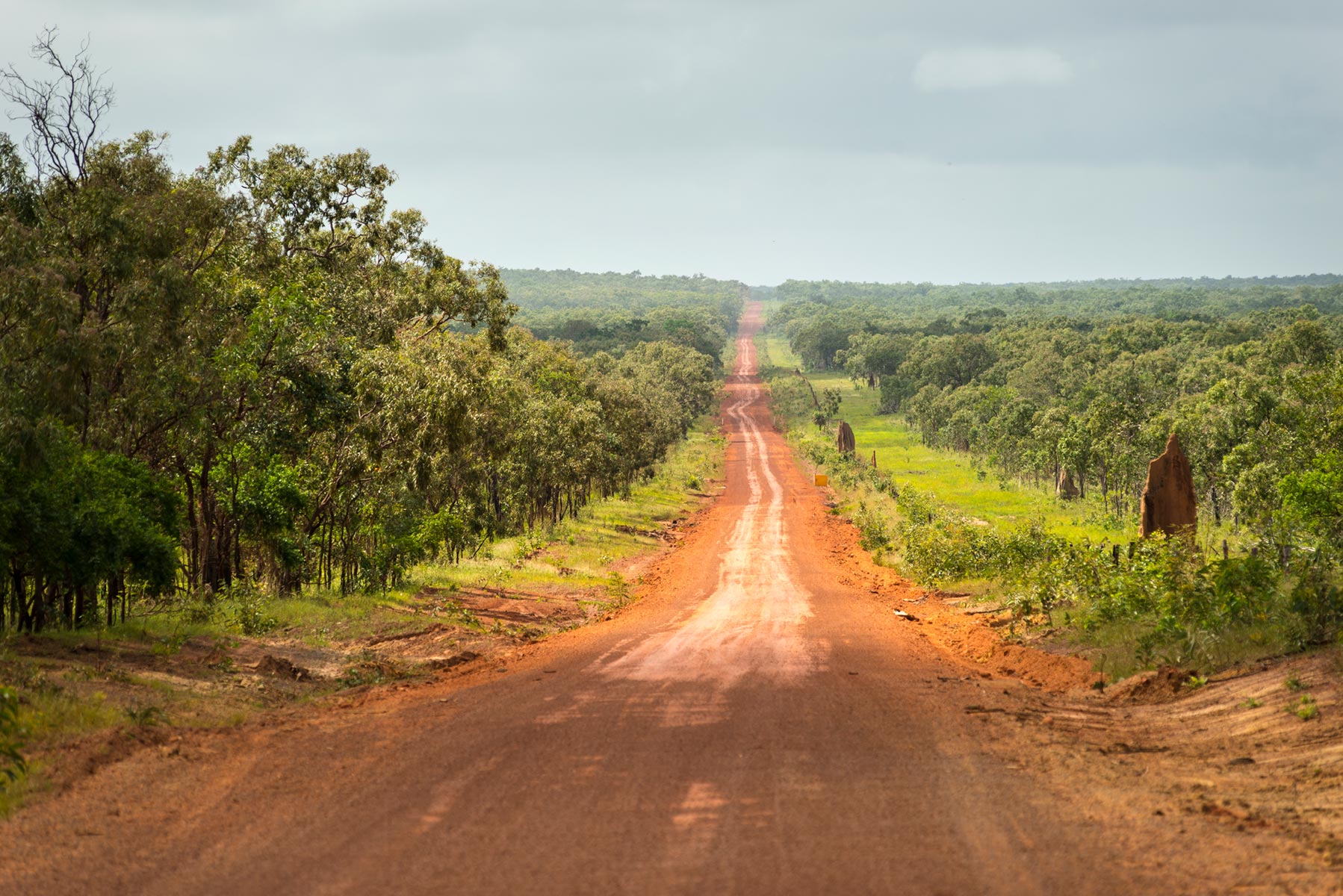:
When is the best time to travel to Cape York?
When it’s winter in most of Australia, it’s the famed dry season in the north … also known as the perfect time to visit famous northern Aussie destinations such as Cape York in Far North Queensland. Read on for more.

The red dirt run to the Tip
The Cape York Peninsula’s climate is characterised by two distinct seasons — the wet season also known as the ‘Wet’ and the dry season also known as the ‘Dry’— with the wet season occurring from around mid-November to mid-April and the Dry from mid-April to mid-November.
Climate
During the Wet the Peninsula is deluged by the northwest monsoon and periodic rain depressions. The bush is beautiful and lush, but flooding closes most roads during this time and many local businesses close their doors.
In stark contrast the Dry is six months of drought, with some areas receiving no useful rain at all — the main exception is the east coast, parts of which often experience showery weather during the cooler months (June to August).
During the dry season the vast savannah landscapes change from green to brown and finally to black as fires scorch the grassy understorey. As the Dry intensifies the wetlands evaporate, leaving water-dependent wildlife to congregate around the remaining swamps and lagoons. During October/November inland residents swelter under high humidity and maximum temperatures that often reach 40°C.
For much of the dry season the Peninsula’s east coast experiences the full force of the southeast trade winds. In April the wind strengths are variable, but in May they blow on 80 per cent of days with average velocities of 12–15 knots. In August they become even stronger, with average speeds of 29 knots. The southeasterlies ease off during November, when northeasterlies begin to prevail.
Travellers intending to visit the Peninsula during the southern winter should come prepared for warm days and cool nights. Dews are common even late in the Dry, but frost is unknown.

Cape Bedford
Crowds
The busiest times coincide with the southern winter (June, July and August) and the September school holidays. If you want to avoid that peak period, consider going in May or September (not during school holidays) — the so-called shoulder months. In May the bush is still green and there’s quite a bit of water lying about, whereas in September the days are warming up and the waterholes are retreating, but it’s still comfortable. By October/November almost everyone has cleared out because it’s too hot.
Please note that the Cape is not somewhere you travel to on a whim in the dry season. It is an extremely popular time and campsites/accommodation are booked out far in advance. Ensure you have finalised your bookings prior to setting off.
Also ensure you check for national parks closures on the Queensland Parks website as many don’t reopen until June.
To help you navigate this rugged and remote part of Australia the Cape York 4WD Pack, Cape York Atlas & Guide and a trusty Hema HX-2+ Navigator should be part of your kit before you leave home.
How to plan your Cape York trip?
Top trip essentials for Cape York
Cape York essential GPS satellite communicators
Prepare your vehicle for a Cape York 4WD adventure
Next steps
At Hema Maps, we strive to provide the most comprehensive and accurate maps and guides for outdoor enthusiasts looking to explore Australia's natural wonders.
Did you find this information useful? If so, please share it with your fellow explorers. Whether it's by sms, social media, or email, your friends and fellow adventurers will appreciate the valuable tips and insights we've shared.







0 comments